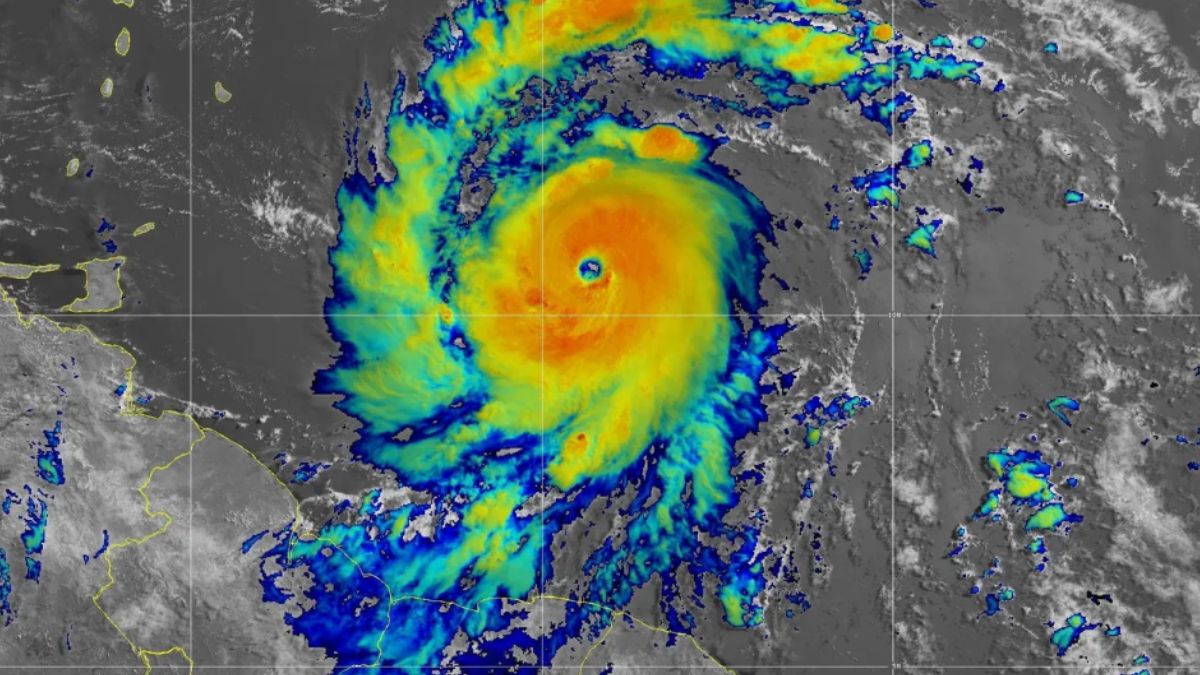
HURRICANE BERYL: 'EXTREMELY DANGEROUS' STORM POSES SEVERE THREAT TO CARIBBEAN ISLANDS, WARNING ISSUED
Hurricane Beryl moved across the Atlantic Ocean toward the Caribbean's Windward Islands on Monday, described as an "extremely dangerous" storm by officials. Hurricane Beryl intensified into a Category 4 storm on Monday morning, as it churned through the Windward Islands, posing a serious threat to several island communities with dangerous storm surges, intense winds, and flash flooding.
Authorities have issued hurricane warnings for Barbados, St. Lucia, St. Vincent and the Grenadines, Grenada, and Tobago, while Martinique and Trinidad are under a tropical storm warning, and parts of the Dominican Republic and Haiti are under storm watches.
Although a direct landfall—where the eye of the storm crosses the coast—may not happen, Beryl is still expected to deliver a severe impact to the nearby islands.
St. Vincent and the Grenadines Prime Minister Ralph Gonsalves anticipated a significant natural disaster potentially lasting several days. This storm marked an unusually intense and early start to the Atlantic hurricane season, being the earliest recorded Category 4 storm, according to data from the National Hurricane Center (NHC).
Earlier in the day, Beryl had briefly weakened to Category 3 but then intensified again to Category 4 on the five-point scale, with sustained winds exceeding 120 mph (193 kph) and some gusts even higher. It was located about 110 miles (180 km) southeast of Barbados.
Alongside Beryl, the National Hurricane Center is monitoring Tropical Storm Chris, which made landfall in eastern Mexico early Monday morning, causing heavy rainfall and flooding in the region. The NHC reports that Chris is moving westward at approximately 12 mph and is expected to maintain this path for the next day.
Additionally, Hurricane Beryl is expected to bring 3 to 6 inches (8 to 15 cm) of rain to Barbados and the Windward Islands, which could lead to flash flooding in susceptible areas. Dangerous swells are also anticipated to impact the southern coasts of Puerto Rico and Hispaniola.
The US National Oceanic and Atmospheric Administration had predicted above-normal hurricane activity in the Atlantic for 2024 due to near-record warm ocean temperatures. Hurricane Dennis, which reached Category 4 on July 8, 2005, was the second earliest such storm recorded in the season from June to November.